Crises can be useful for pressure-testing systems and exposing their weaknesses. Such is the case with the delays and outright cancellations of federal funds for worthy biomedical science research projects. DOGE-engineered interruptions of research programs funded by the National Institutes of Health (NIH) and National Science Foundation (NSF)—with only muted objections by politicians and the public—reveal a systemic brittleness in the public’s support for science.
It is possible that the public’s unwillingness to rise up in defense of science owes much to its having lost faith in scientists. That lost trust borders on outright dislike: According to Yale University’s president (my boss), in a recent address to her faculty, our institution has a 20 percent public approval rating. My fellow scientists would probably like to believe that our sinking poll numbers reflect the public’s distaste for marauding students and censorious humanities colleagues. But we must admit that we share some of the blame. We do not put enough effort into explaining our work to the members of the public, who are our patrons.
If scientists believe—as I do—that our research in medicine, physics, computer science, biology, and other disciplines is responsible for our high standard of living and our sophisticated understanding of the world around us, then we must do a much better job at explaining ourselves to our tax-paying, non-scientist friends.
Consider how scientists communicate now. Most of us report our work in scientific journals for the consumption of our fellow scientists. Even if the public wanted to read our published academic papers, many (in final form at least) are behind paywalls. By and large, we rely on science journalists to translate our findings, with varying degrees of success and fidelity to the material. Some science journalists do the public a great service by explaining complex concepts in understandable terms. But qualified journalists can only take on so many topics. The majority of us scientists do essential and exciting work that will rarely, if ever, get covered in a newspaper or magazine if we wait for a science journalist to do it.
Sure, there have always been practicing scientists and doctors who have bypassed journalists to tell their scientific stories directly to a lay audience. They write engaging books (that sometimes become movies) to recount their stories. In the process, they do a wonderful job of popularizing scientific and medical breakthroughs and building trust and appreciation of science by the public. James Watson (discovery of the double helix), Kay Redfield Jamison (treatment of bipolar disorder), Jennifer Doudna (invention of CRISPR), Oliver Sacks (recognition of bizarre neurological disorders), and Siddhartha Mukherjee (cancer treatment) are noteworthy examples. But they are the exceptions. The rest of us, who prefer to keep to ourselves and speak in our own esoteric languages, are paying the price for our collective reticence. We pay in lost public support. But we may pay double if our good work is mischaracterized by loudmouths and influencers, whether that mischaracterization is unwitting or purposeful.
What’s the solution? Create whole armies of scientists who are also science-explainers, science-popularizers, and, dare I imagine, cool-science celebrities? This seems simple enough. But it won’t happen unless the incentives for success for scientists are altered to reward accessible and even entertaining public-facing communication. To understand why, one must understand the present system that governs the promotion prospects of publicly funded basic- and applied-science professors.
How does one get promoted in academic science? There are generally three recognized avenues. Research, teaching, and service (the latter typically includes work on university committees, administration of programs, and contributions to professional societies). This triad of expectations is firmly rooted in the academic system. What is needed is a fourth path, one that requires public-oriented science communication and the teaching of how to do it successfully. The university must cultivate a new breed of professor: the “scientist-public-communicator.”
Could such a major change in incentives ever occur in the rather staid environment of a university? Yes. For support and encouragement, we can look to a relevant historical precedent. Nearly 50 years ago, a revolution of sorts rocked academia and created the “scientist-inventor-entrepreneur.” In 1980, Congress passed the Bayh-Dole Act (otherwise known as the Patent and Trademark Law Amendments Act). As any venture capitalist in biotech knows, Bayh-Dole allowed government contractors (including academic scientists and their universities who were federal grant recipients) to patent and benefit from inventions that emerged from their federally funded research. Before that, patents were typically assigned to the federal government, where most of them languished forgotten and undeveloped. The Bayh-Doyle Act was an intentional move by Congress to promote the translation of basic discoveries into practical products and treatments.
Before Bayh-Dole, it was rare for scientists to commercialize their discoveries; in fact, profiting from one’s academic research was considered unseemly. Afterwards, everything changed. Initially, there was much doomsaying over potential conflicts of interest between academic work and industry demands. But sitting in a university today, one can see numerous joint programs that teach science and engineering students to engage with entrepreneurship, and many generous angel funds to promote commercialization of lab-based discoveries by faculty.
Entrepreneurship among faculty (and student) scientists has become normalized. This is not only a boon for the scientists themselves, but for local economies. One has only to walk along Drydock Avenue in Boston’s Seaport district and count the number of biotech companies started by local academics to see evidence of economic growth and benefit. Once disdained, entrepreneurship has become valued within the halls of academia. Patents are routinely reported on one’s curriculum vitae and favored by university hiring committees. Thanks to Bayh-Dole, the incentives for entrepreneurial science were put in place. And behaviors followed.
Back to science communication. What about scientists who are poor communicators? Shall we banish them and in doing so forfeit their obvious talents for scientific research? No. Not everyone must excel in every aspect of the current triad in order to be promoted, after all. Consideration for promotion is usually in one primary category (e.g., research) with achievement in the others considered secondarily. The inclusion of a fourth path to promotion is not a proposal to reward faculty for publishing political screeds. Although protected speech, communicating propaganda should have no currency toward promotion. The main goal of the proposal is to allow and encourage some number of practicing scientists to be able to “go up” for promotion based on their outstanding achievements in the public communication of their science.
How will new incentives manifest? No one can say precisely. Maybe some new podcasts, a flood of new comic books on science, or even a new science dance craze. But the best thing to do with creative people is incentivize them, and then get out of their way. I am sure of this because I have seen it happen on a small scale: In my medical imaging class at Yale a few years ago, the students were required to create TikTok videos to explain concepts we had studied. With some trepidation, I asked the students to show their works in class. I was pleased to see that the TikToks were both on-point and entertaining, and not at all what I had expected.
Many colliding forces in academia, politics, and education have created the present crisis in science funding. Inadequate science communication to the public may not be the most acute force at play, but lack of public understanding of what we scientists do is surely a smoldering fire that will continue to fuel the crisis. Universities and their leaders must take the long view to douse the fire. Incentivize and reward scientists for excellent public-facing communication of all types on what science research is and why it is important. Done right, incentives will breed a new strain of professor: the “scientist-public-communicator.” Refashion the old maxim “publish or perish” into “public or perish”—for without support of the former, we shall surely suffer the latter.
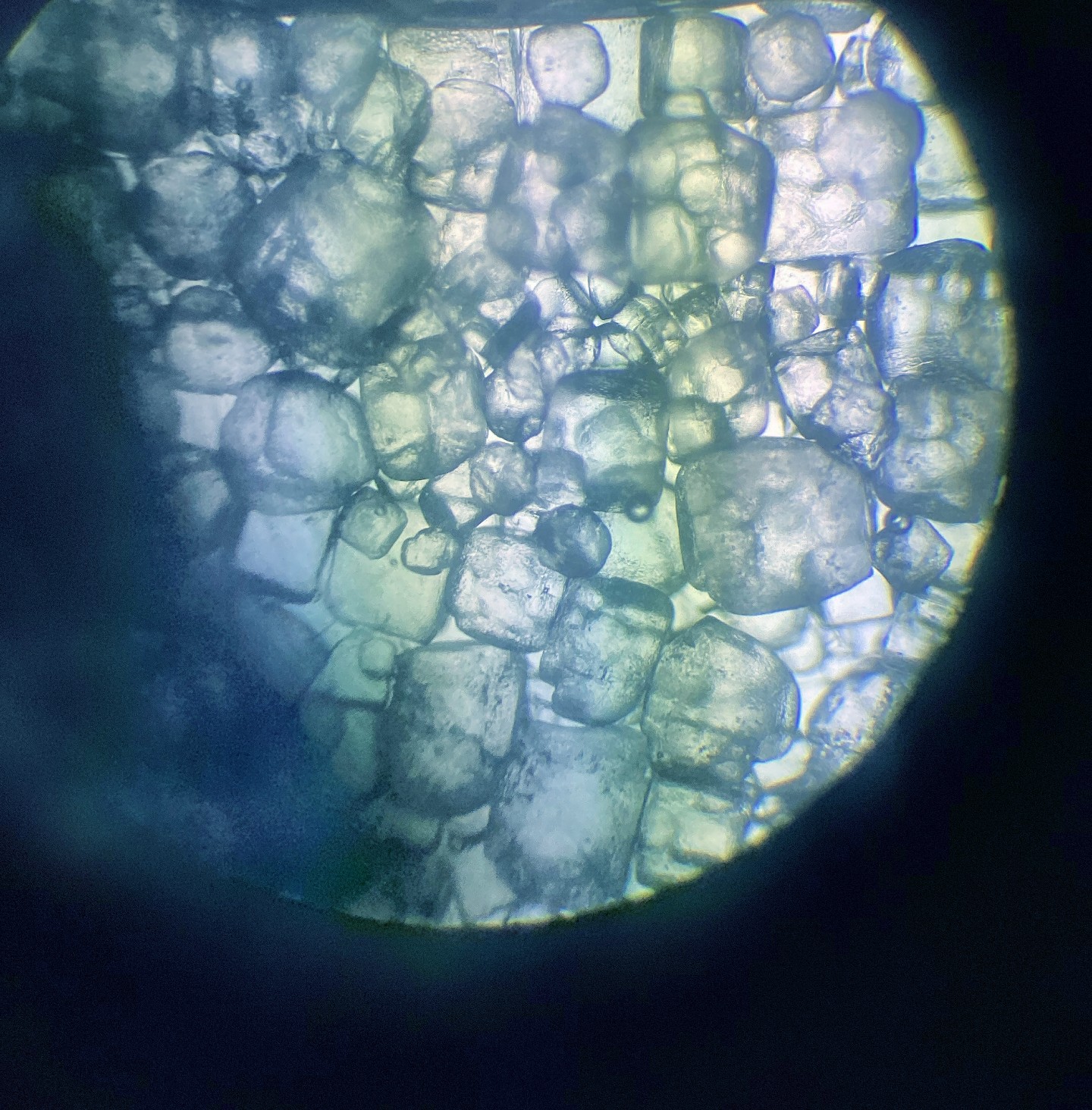
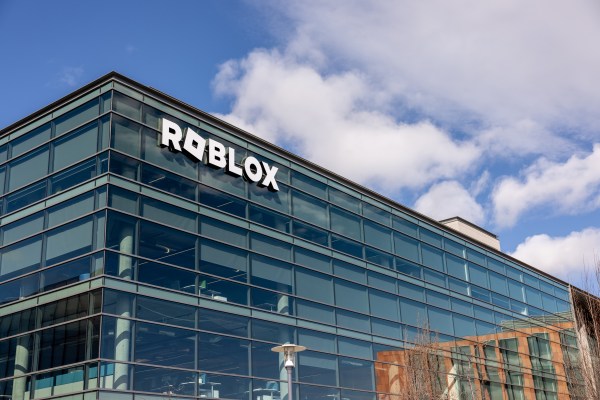
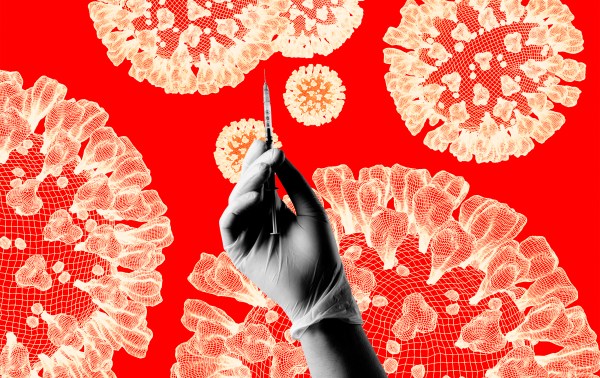
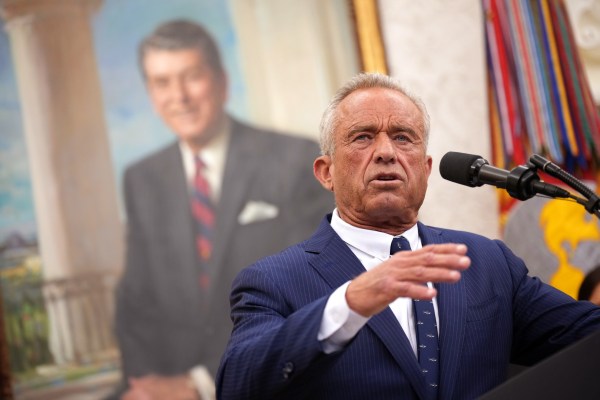

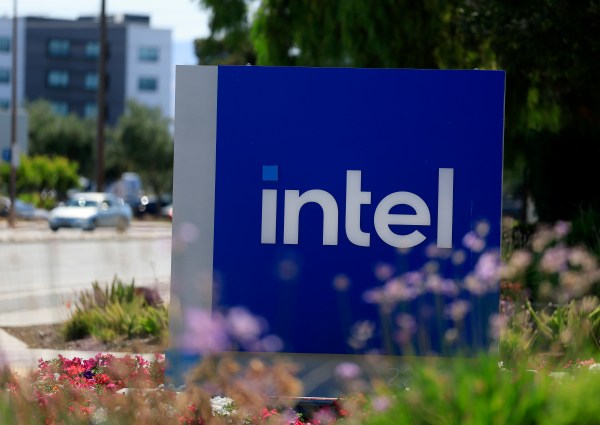
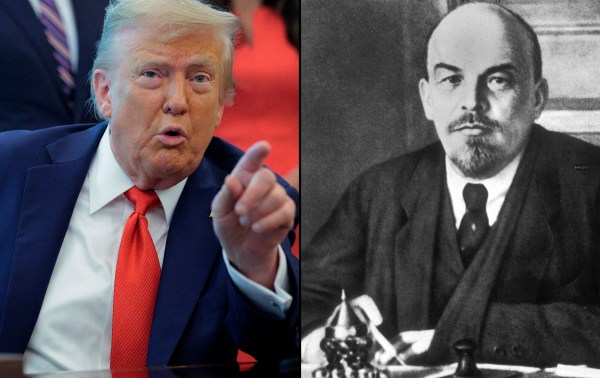
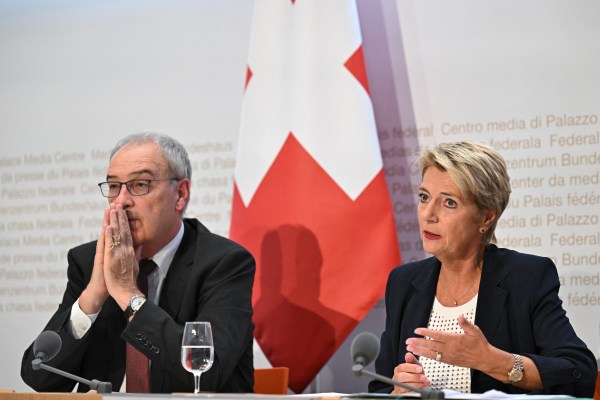

Please note that we at The Dispatch hold ourselves, our work, and our commenters to a higher standard than other places on the internet. We welcome comments that foster genuine debate or discussion—including comments critical of us or our work—but responses that include ad hominem attacks on fellow Dispatch members or are intended to stoke fear and anger may be moderated.
With your membership, you only have the ability to comment on The Morning Dispatch articles. Consider upgrading to join the conversation everywhere.